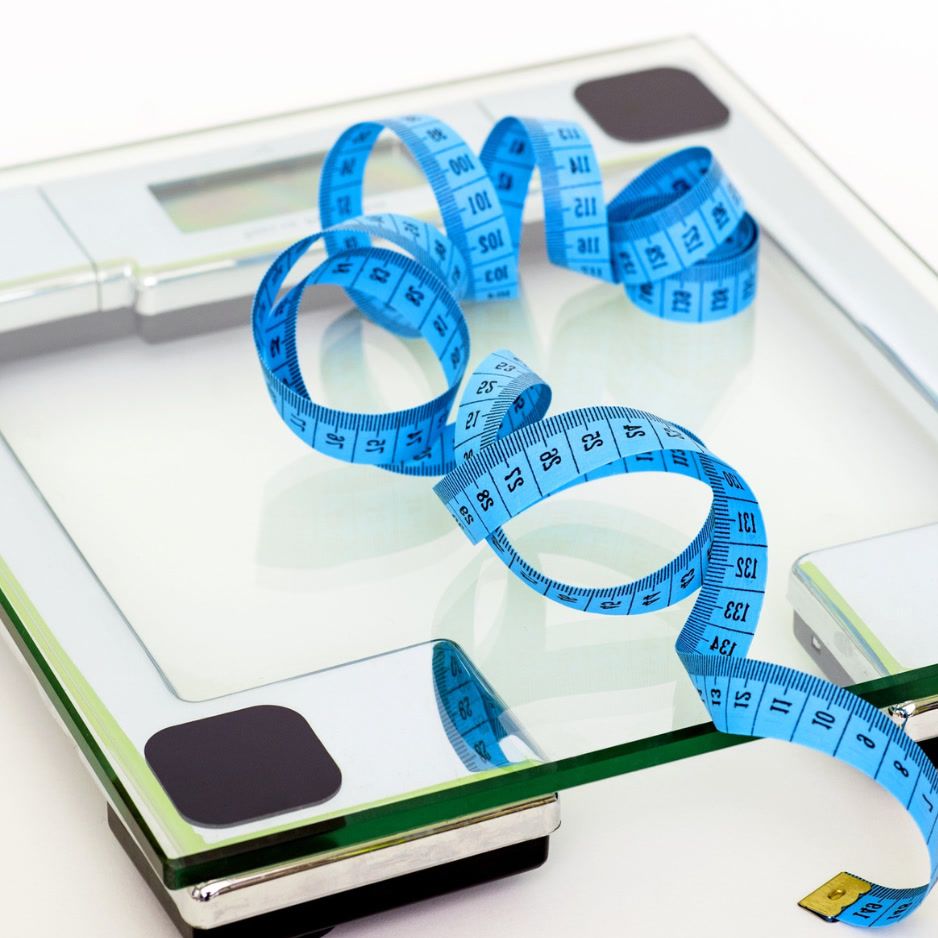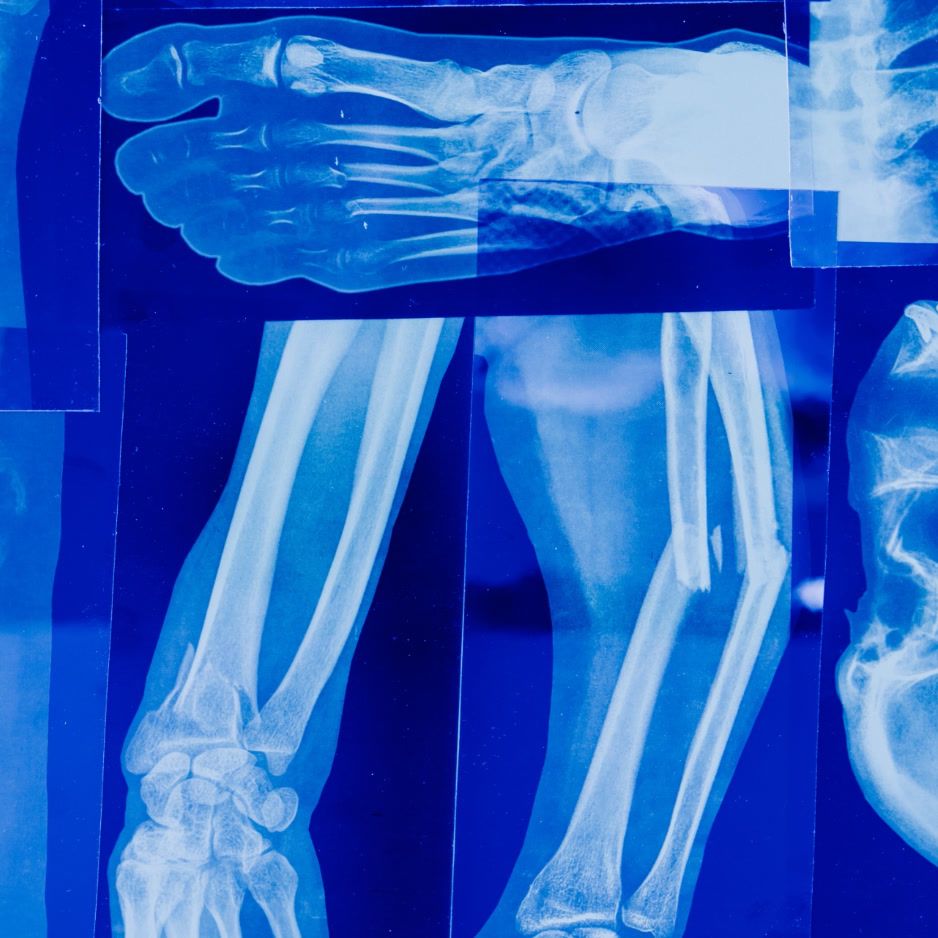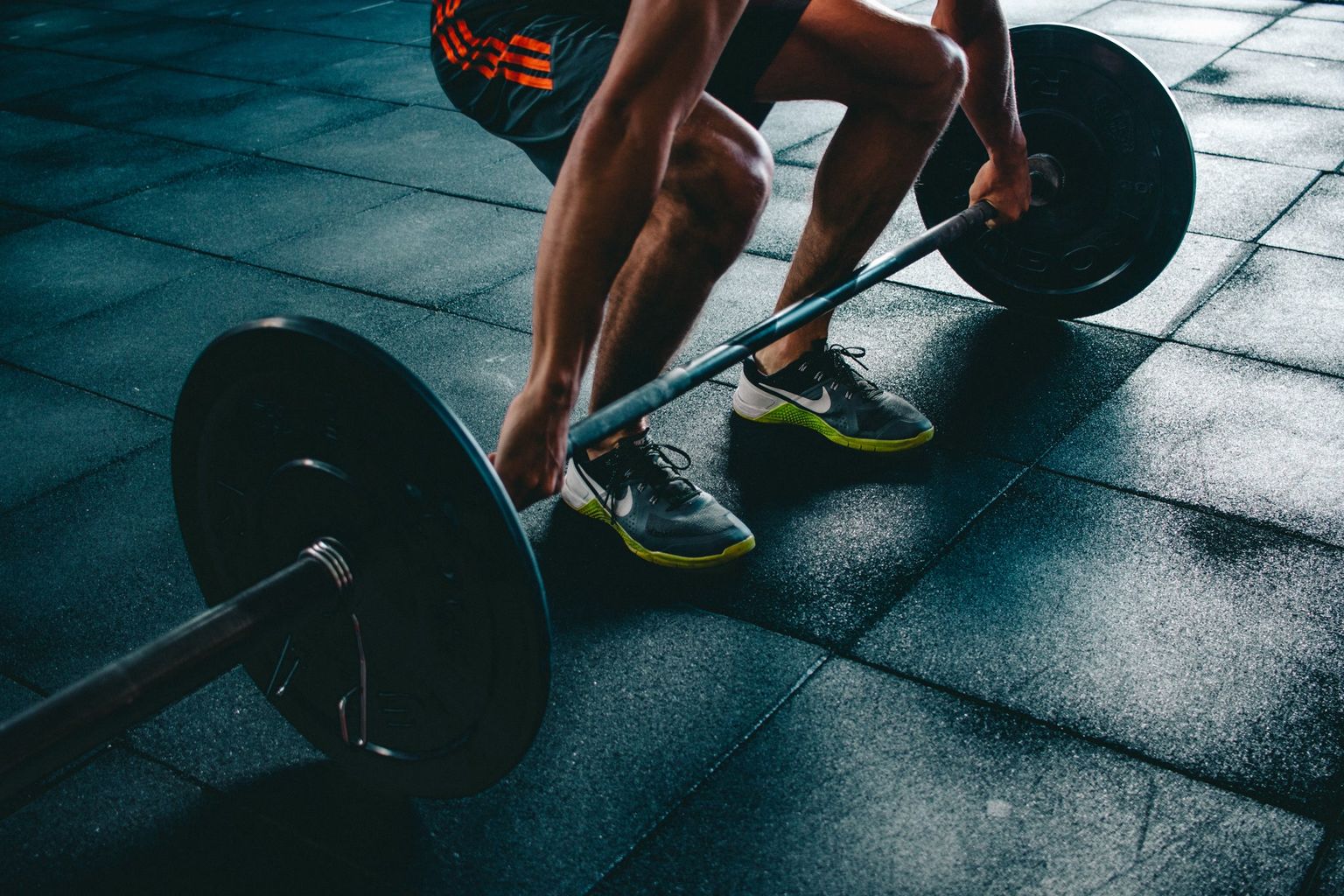Pear-Shaped Body Health Guide: Metabolism, Nutrition, and Training
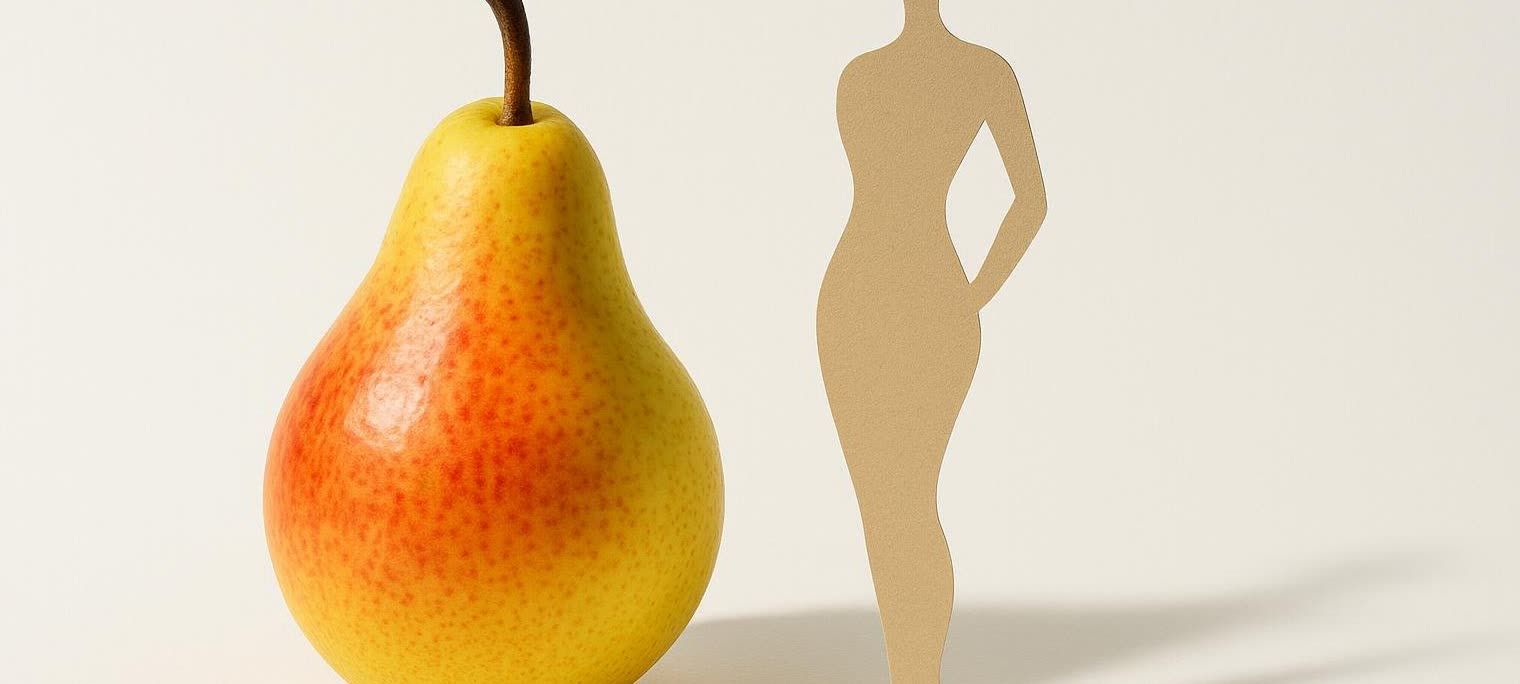
Pear-Shaped Body Health Guide: Metabolism, Nutrition, and Training
Most online content about a pear-shaped body centers on outfit hacks and visual balance. While those tips are useful, understanding how this fat distribution influences your metabolism, joint health, and training needs can make your style choices even more effective. This guide provides that health perspective.
Leveraging BodySpec’s DEXA expertise, we explain how gynoid fat behaves, outline nutrition tactics to preserve muscle while reducing excess body fat, and share training strategies that keep joints happy. Use these insights alongside any fashion advice you follow to support your pear shape from the inside out.
Quick roadmap
- What defines a pear shape from a body composition standpoint
- At-home self-assessment and clinical tests like DEXA to confirm pear dominance
- Health advantages and potential risks tied to gynoid fat
- Diet principles for sustainable fat loss and muscle retention
- Exercise programming that supports joint health and balanced muscle
- How BodySpec scans verify your progress
1. What Is a Pear-Shaped Body?
Key characteristics:
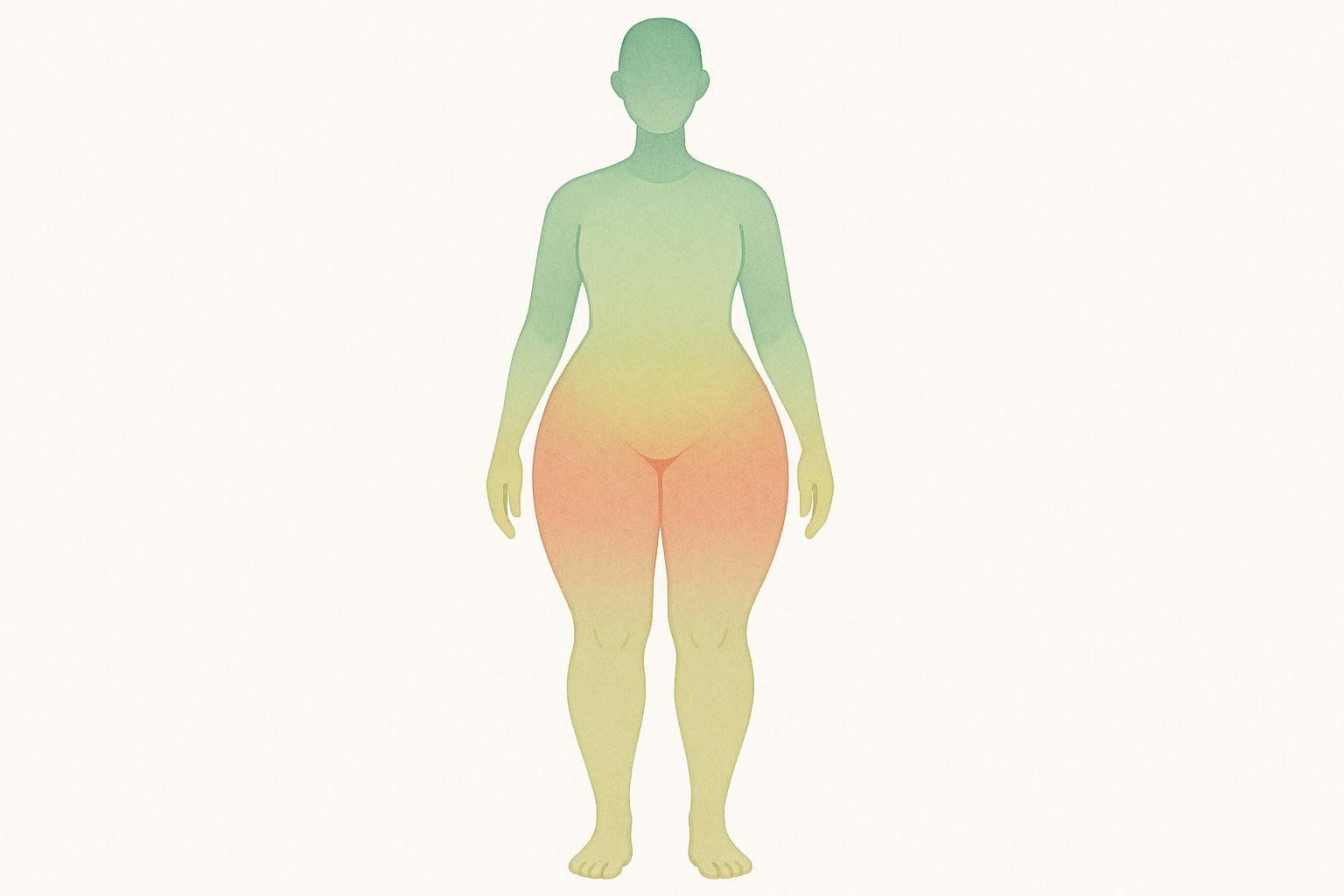
- Wider hips and thighs than shoulders or bust
- Noticeable waistline
- Gynoid-dominant fat storage—subcutaneous fat concentrates around the glutes/legs
DEXA quantifies this via the gynoid : android fat ratio. A value above 1 signals pear dominance (BodySpec’s guide to gynoid vs. android fat).
2. Confirm Your Shape in Minutes
| Method | Tools needed | How-to | Pear signal |
|---|---|---|---|
| Mirror | Full-length mirror | Stand tall; compare hip vs. shoulder width | Hips visibly broader |
| Tape measure | Soft measuring tape | Measure bust, waist, hips | Hips ≥ 5 cm (≈ 2 in) wider than bust |
| DEXA scan | 10-min BodySpec test | Review regional fat report | Gynoid % > Android % |
Tip: DEXA also highlights limb lean mass, so you know whether muscle gains are symmetrical.
3. Health Snapshot: Perks and Potential Risks
Metabolic perks
- Lower visceral-fat burden — Pears usually store less organ-hugging fat, reducing type 2 diabetes and coronary risk (Norwitz & Xu, 2024).
- Favorable lipid handling — Gluteofemoral fat traps excess fatty acids, protecting the liver and bloodstream (Hermsdorff et al., 2020).
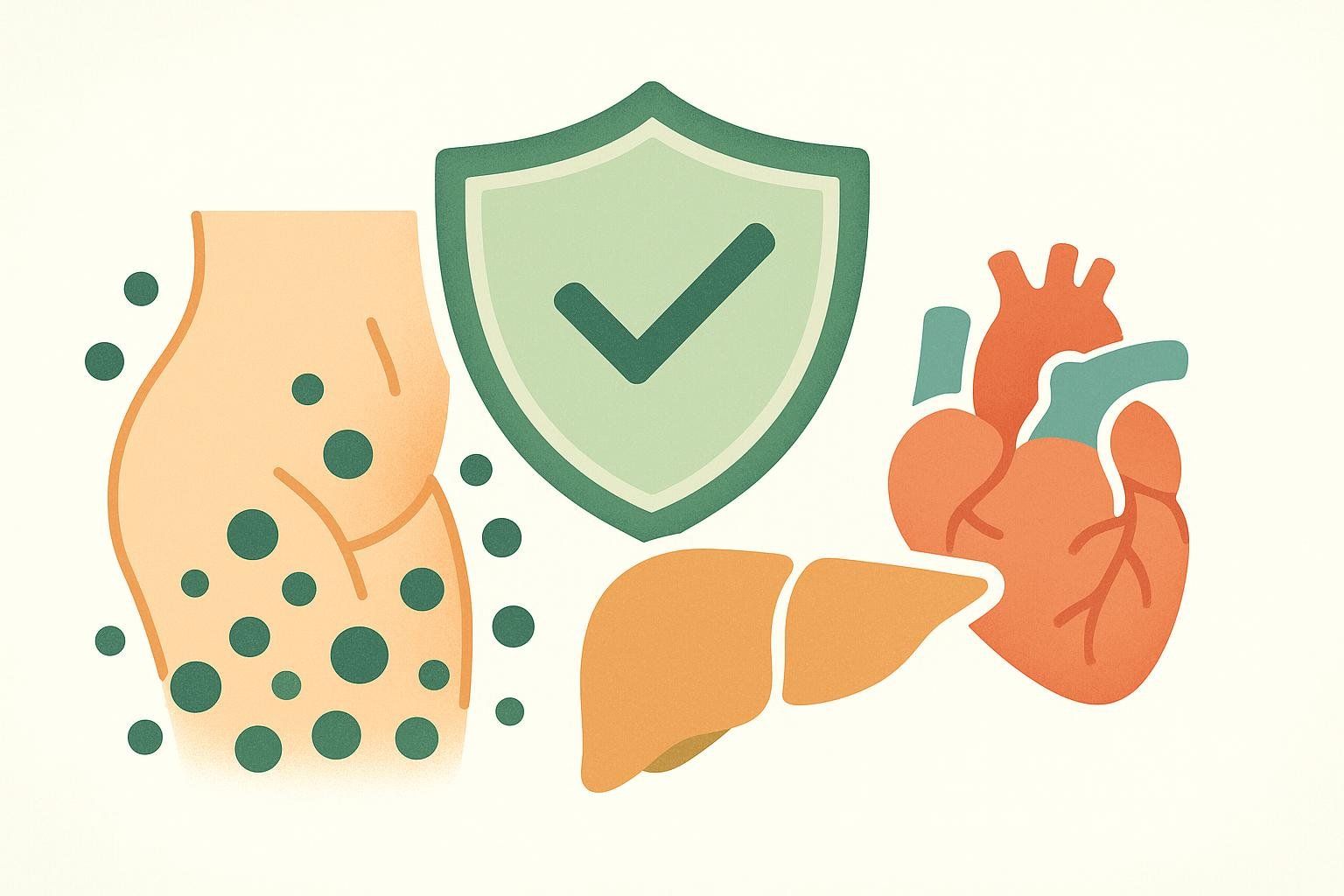
Watch-outs
- Joint load and osteoarthritis — Extra lower-body mass can increase knee torque and osteoarthritis odds (Arthritis Care & Research, 2017).
- Venous insufficiency — Greater thigh-fat volume correlates with varicose veins (McDermott et al., 2014).
- Menopause shift — Declining estrogen may redirect fat from hips to abdomen, boosting visceral storage (Paschou et al., 2021).
4. Dialed-In Diet Strategies
- Mild calorie deficit (10–20 %) — Mobilize fat without sacrificing muscle.
- Protein ≈ 1.6 g/kg body weight — Supports lean-mass retention during weight loss (AJCN, 2023).
- Fiber 25–35 g/day — Veggies, legumes, berries; high fiber lowers circulating estrogen by reducing re-absorption in the gut (Benito et al., 2021).
- Mediterranean fats — Olive oil, nuts, and fish lower inflammation and improve HDL (see Mediterranean vs. Paleo diets).
- Limit added sugars and alcohol — Both spur liver-fat buildup that drives visceral gain.
- Early time-restricted eating — An 8-hour window ending mid-afternoon (first meal ≈ 8 a.m., last meal ≈ 3 p.m.) improved insulin sensitivity without extra calorie cuts (Sutton et al., 2018). Aim to finish meals earlier when feasible.
- Plan ahead — Our guide to Meal Prepping: Strategies for Success walks you through batch cooking and macro tracking.
5. Exercise Programming for Pear Shapes
Weekly template (≈ 4–5 hours)
| Day | Session | Key moves |
|---|---|---|
| Mon | Upper-body strength | Push-ups, rows, overhead press, planks |
| Tue | HIIT cardio | 60 s hard / 90 s easy × 10 on bike or rower |
| Wed | Lower-body strength | Squats, hip thrusts, lunges, Romanian deadlifts |
| Thu | Active recovery | Yoga, mobility flow, or brisk 30-min walk |
| Fri | LISS cardio | Incline treadmill walk or outdoor ruck |
| Sat | Glute & core burn | Mini-band glute bridges, side planks |
| Sun | Rest | — |
Why it works
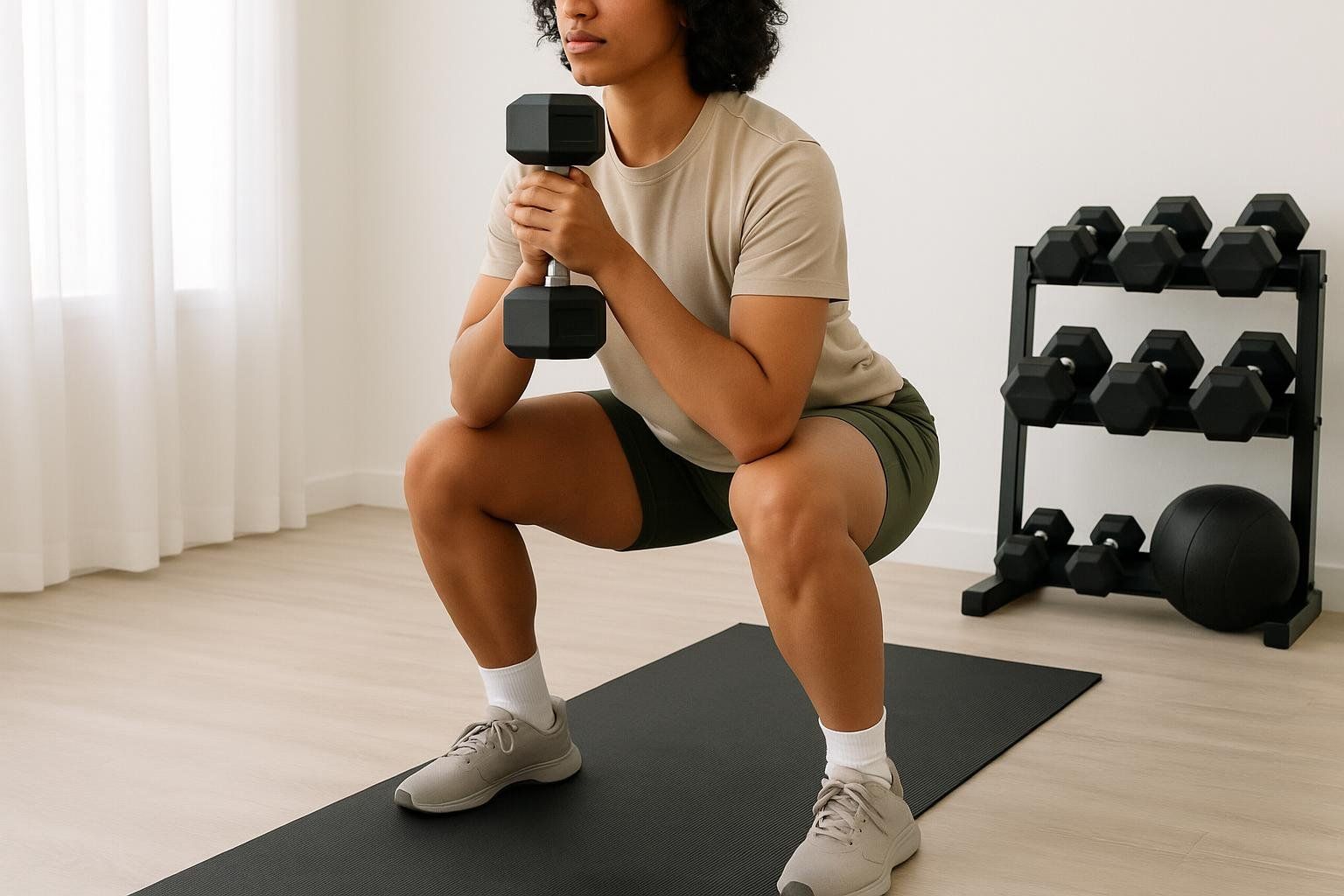
- Upper-body focus balances muscular development, supports posture, and enhances overall strength.
- Compound leg lifts strengthen quads and glutes to protect joints and raise resting metabolism.
- HIIT intervals efficiently reduce subcutaneous fat while preserving muscle (see HIIT vs. LISS).
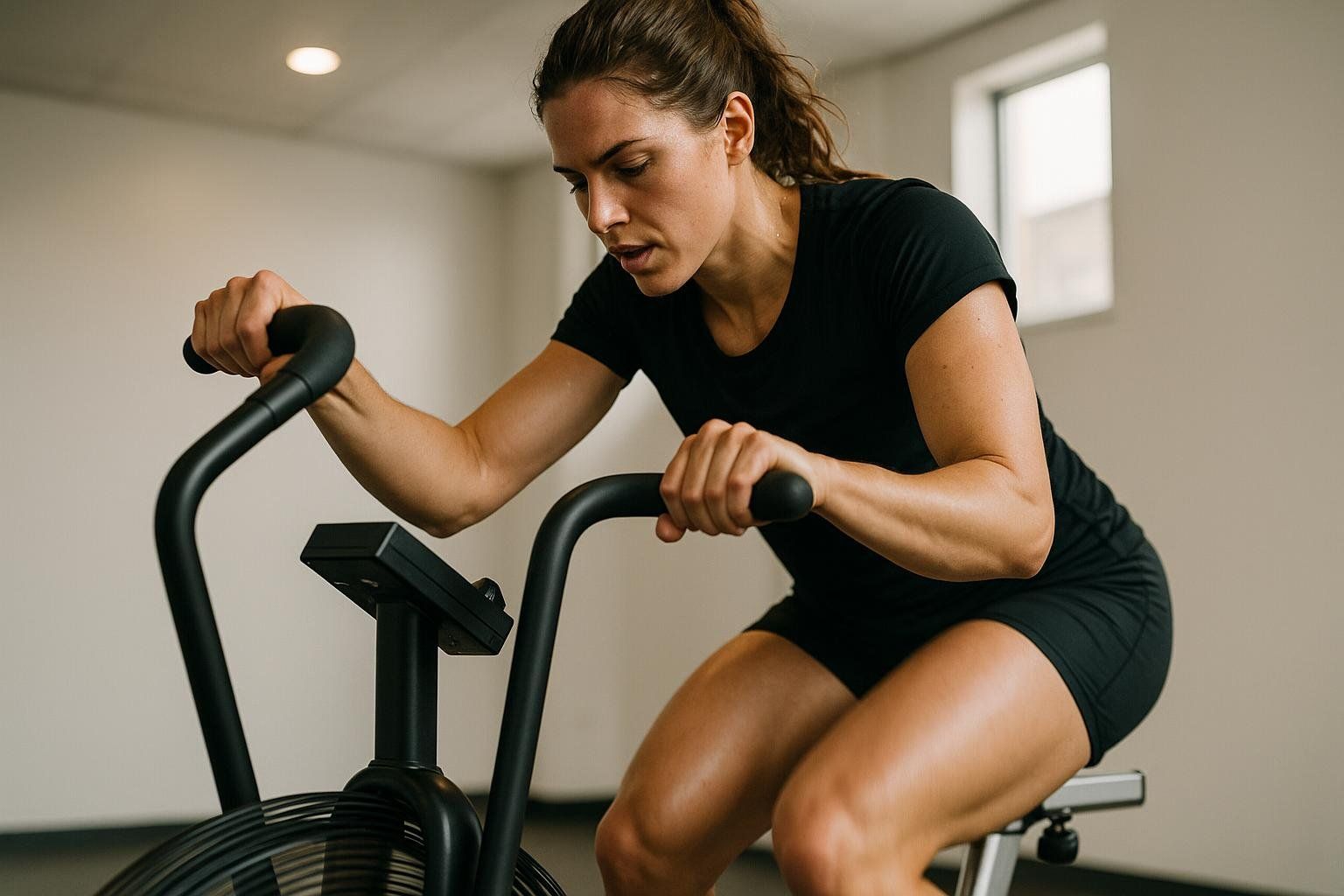
New lifter? Start with Strength Training for Beginners.
6. Track Progress with DEXA
A BodySpec scan every 8–12 weeks lets you:
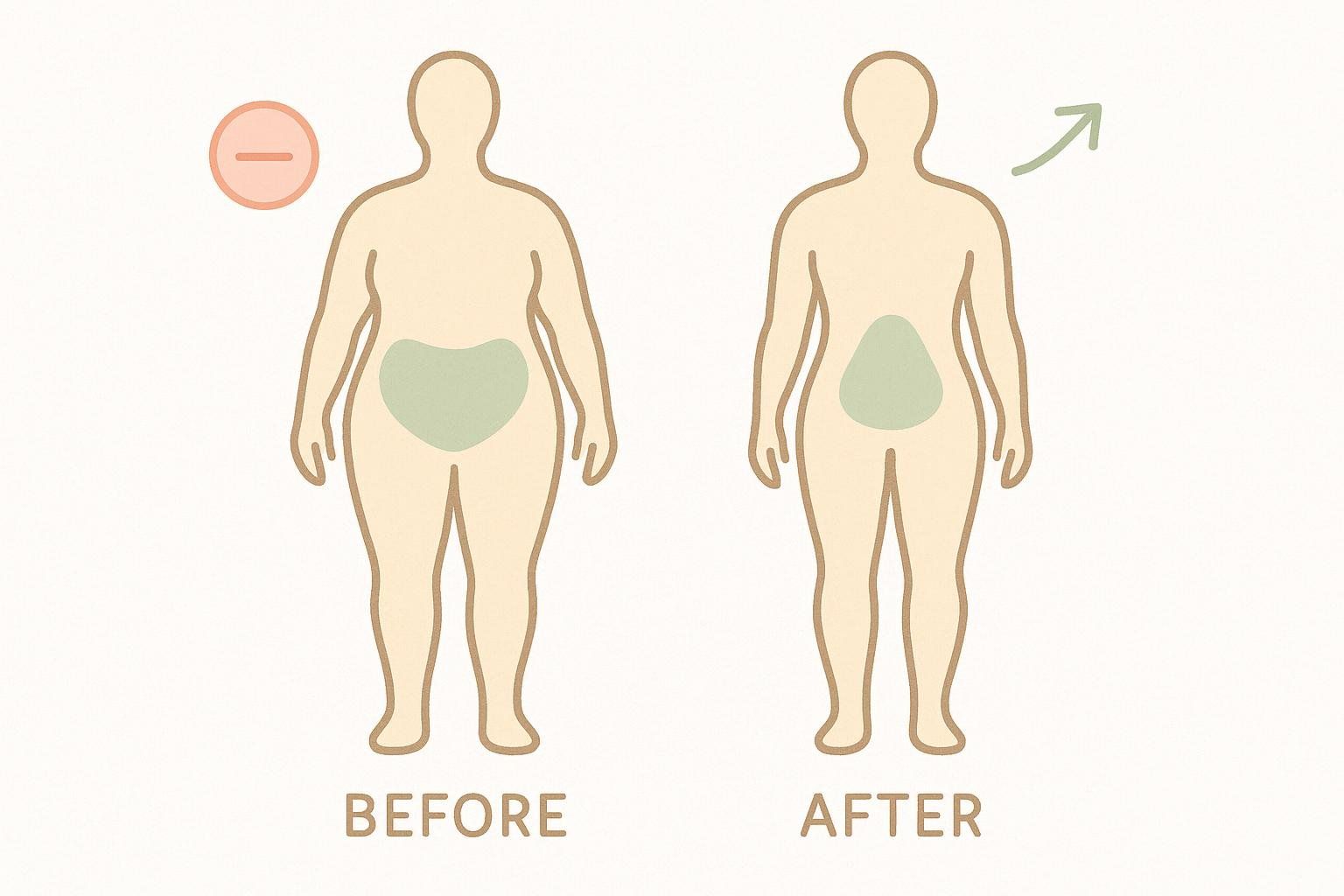
- Monitor gynoid : android ratio shifts
- Verify lean-mass retention during dieting phases
- Review bone density—crucial as estrogen declines
See the DEXA Body Scan Guide for costs and appointment prep.
Key Takeaways
- Pear shapes carry less visceral fat but still need proactive joint and metabolic care.
- Nutrition priorities: modest calorie deficit, high protein, fiber-rich foods, Mediterranean fats, minimal added sugar, and an earlier daily eating window.
- Training priorities: upper-body strength, compound lower-body lifts, and both HIIT and LISS cardio.
- DEXA scans provide objective data on fat distribution, muscle gains, and bone health.
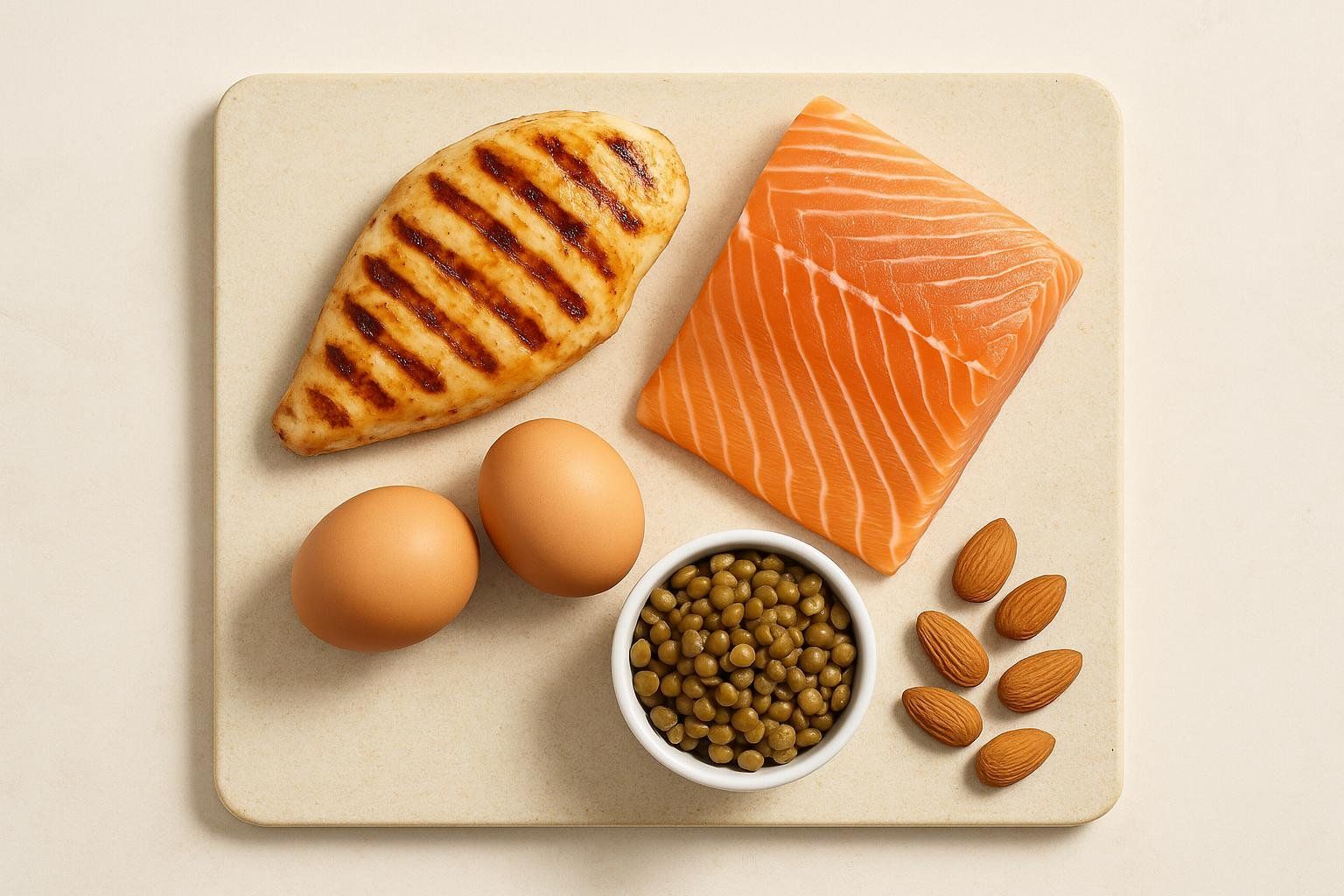
Pick one diet tweak and one workout habit this week—then schedule a BodySpec scan to track your body-composition changes firsthand.
